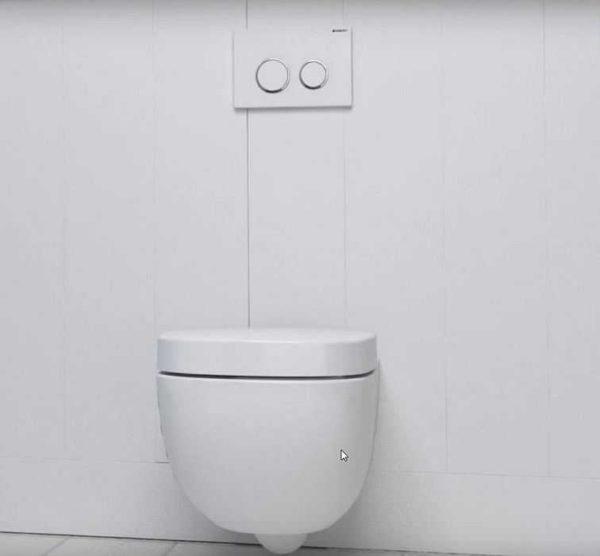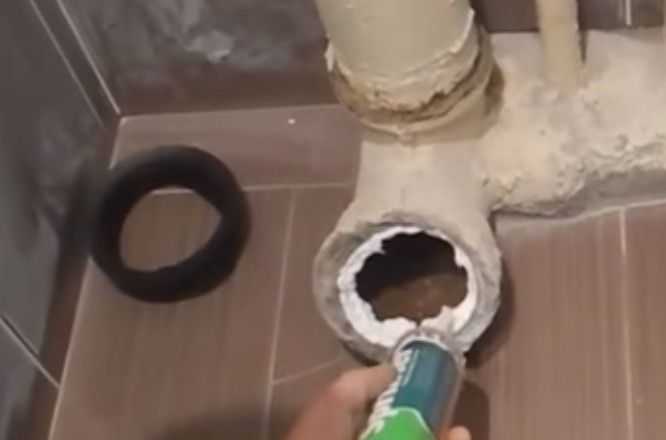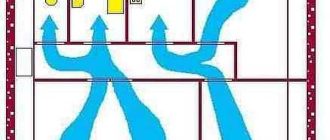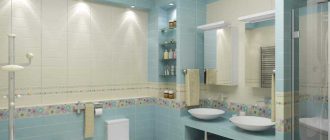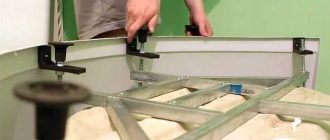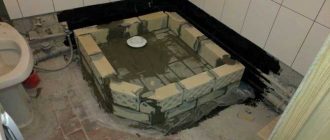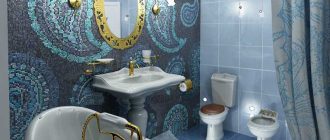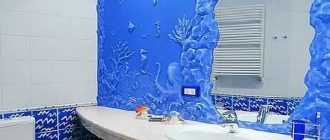Z "ravnimi" rokami lahko večino del v hiši opravite sami. V to kategorijo del spada tudi namestitev straniščne školjke. Ob poznavanju zaporedja dejanj lahko namestitev ali zamenjavo opravite z lastnimi rokami.
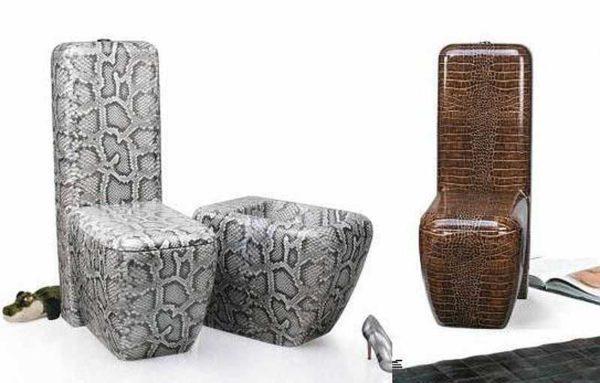
Vsebina članka
Vrste stranišč
V tem članku ne bomo upoštevali značilnosti splakovanja ali oblike sklede, temveč tiste značilnosti zasnove, ki določajo seznam namestitvenih del.
Glede na način namestitve
Sama straniščna školjka je sestavljena iz sanitarne posode in splakovalnika. Posoda je lahko pritrjena na tla ali obešena. Če je posoda viseča, je splakovalnik skrita namestitev - vgrajen v steno. Pri talni posodi obstajajo tri možnosti za pritrditev cisterne: na posebno polico na posodi (kompaktno), ločeno, povezano z gibljivo cevjo, v vgradnjo (skrito v okvir stene).
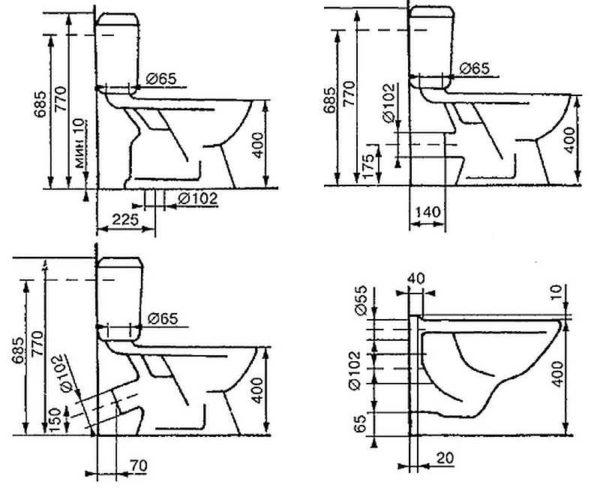
Prednost talne straniščne školjke z običajnim splakovalnikom je preprosta namestitev. Postavite jo lahko, ne da bi začeli s popravilom. Slabost - v primerjavi z visečo straniščno školjko zavzame več prostora in je videti težja. Skladno s tem je namestitev visečih modelov zapletena - v steno je treba pritrditi nosilno konstrukcijo - namestitev. To je mogoče le med popravilom.
Iztok kanalizacije
Izbira stranišča na odtoku v kanalizacijo je odvisna od lokacije kanalizacijske cevi. Obstajajo:
Če je cev v tleh, je optimalen navpični izhod. Če je odtok v tleh, vendar blizu stene, je najprimernejši poševni straniščni nastavek. Vodoravna možnost je univerzalna. Z uporabo valovitega nastavka ga je mogoče priključiti tako v steno kot v tla.
Vgradnja straniščne školjke s kompaktnim splakovalnikom (talna izvedba)
Iz trgovine običajno ločeno prinesite straniščno školjko, splakovalnik, napravo za splakovanje in plovec. Pred vgradnjo straniščne školjke je treba sestaviti vse, razen splakovalnika.
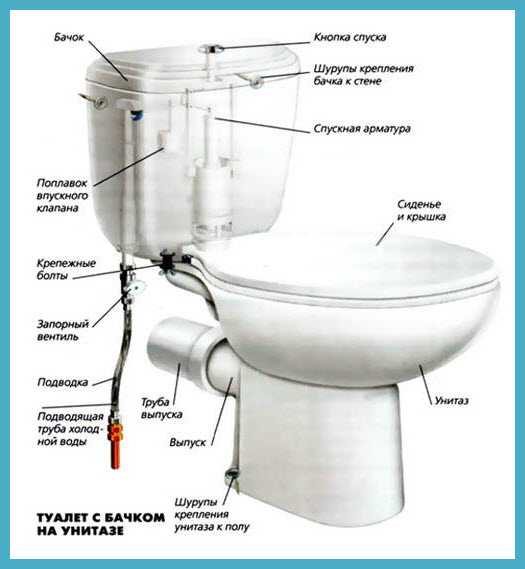
Sestava
Postopek se začne z namestitvijo naprave za izpiranje. Na voljo je v sestavljeni obliki, namestiti jo je treba le v luknjo na dnu splakovalnika. Med napravo za izpiranje in cisterno je nameščeno gumijasto tesnilo.
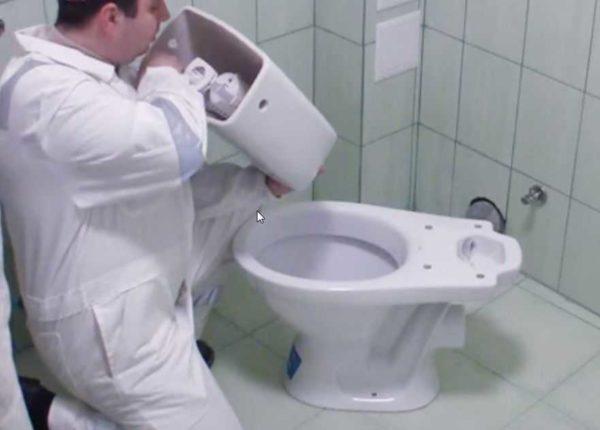
Plastična podložka, ki je vključena v komplet, se privije na vtič z zadnje strani. Zategnemo jo z roko, nato pa s ključem, vendar zelo previdno, saj plastiko zlahka zlomimo. Da se odtočna naprava ne bi zavrtela, jo je treba držati z roko.
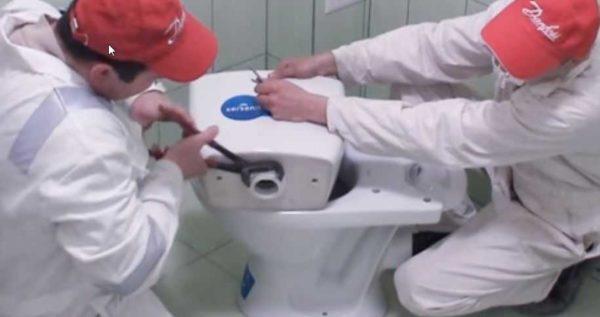
Naslednji korak je namestitev pritrdilnih vijakov na splakovalnik. Tudi ti so vključeni v standardno opremo. Gre za dolge tanke vijake iz pocinkanega ali nerjavnega jekla. Vstavijo se v dve majhni luknjici na dnu cisterne, nanje se namestijo gumijasta tesnila, nato podložke in šele nato se privijejo matice.
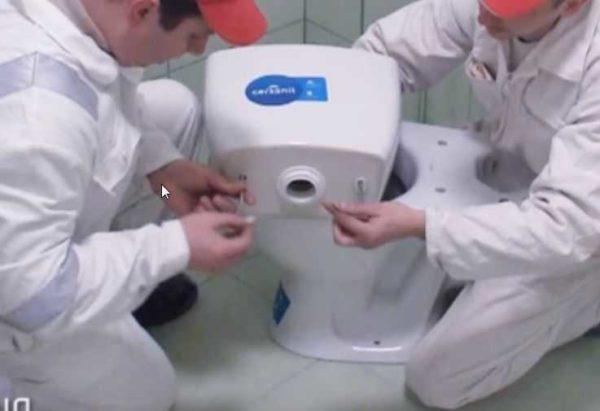
Pred namestitvijo splakovalnika na straniščno školjko pod splakovalnik namestite tesnilo (priloženo v kompletu). Da bi preprečili uhajanje neprijetnih vonjav iz kanalizacije, ga je treba "posaditi" na tesnilo. Najprej namažemo na eni strani, ga namestimo na straniščno školjko, namažemo na drugi strani in namestimo cisterno.
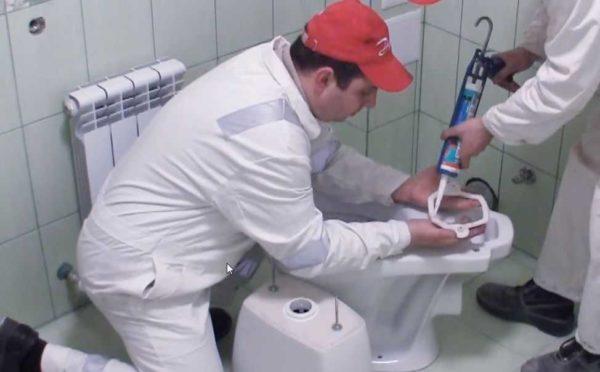
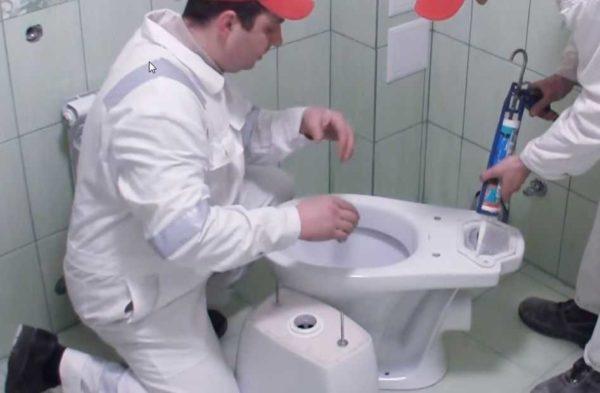
Splakovalnik namestite na polico posode in vijake vstavite v ustrezne luknje. Na vijake od spodaj namestite podložke in matice ter jih privijte. Prepričajte se, da je splakovalnik raven.
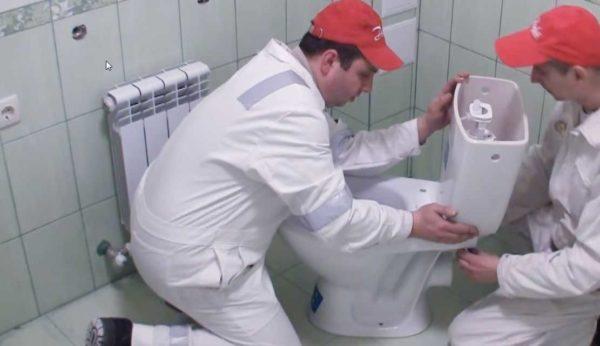
Nato namestite plovec - napravo za uravnavanje nivoja vode v cisterni. V zgornjem delu cisterne sta dve luknji. Tu v eno od njiju vstavite napravo. Namestite jo na stran, s katere bo priključena oskrba z vodo.
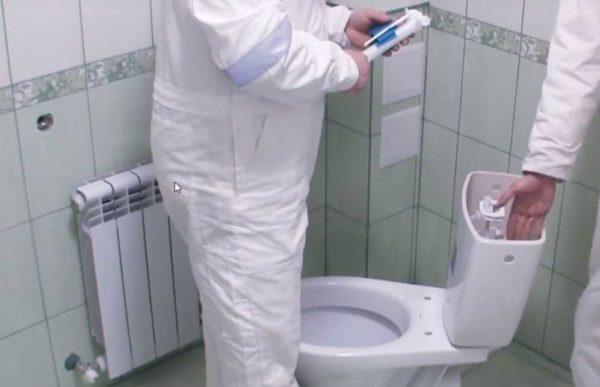
Na izstopno vtičnico navijte malo platna, namažite s sanitarno pasto, namestite vogal (medenina ali nerjavno jeklo). Priključka ne zategujte močno, ne udarjajte s kladivom, da je vtič izdelan iz plastike.
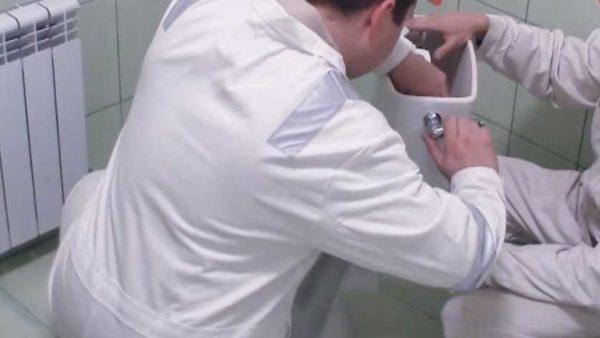
Montaža na tla
Straniščna školjka je skoraj sestavljena, lahko jo namestite. Na kanalizacijski sistem je straniščna školjka priključena z valovitim nastavkom. Na koncih ima gumijasta tesnila, ki se tesno prilegajo v cevi in na odtok straniščne školjke.
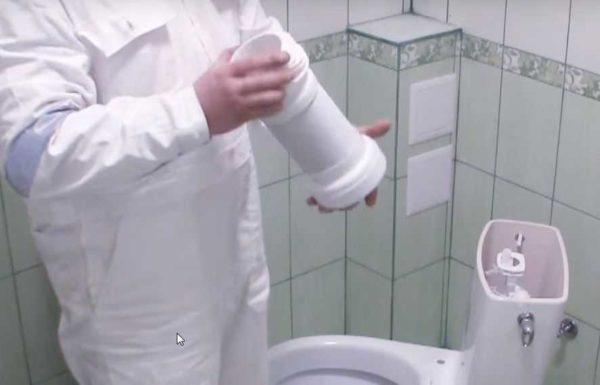
Če je kanalizacijska cev plastična, se valovitost preprosto vstavi do zaporke. Če je stoječa cev litoželezna in tudi ni nova, tako da skozi mikrorazpoke ni uhajal vonj, se cev očisti do kovine, opere in posuši. Na suho in čisto kovino po obodu nanesemo plast tesnilne mase (na dnu še malo več), nato vstavimo valovnico. Za večjo gotovost lahko greste s tesnilno maso tudi na zunanjo stran priključka.
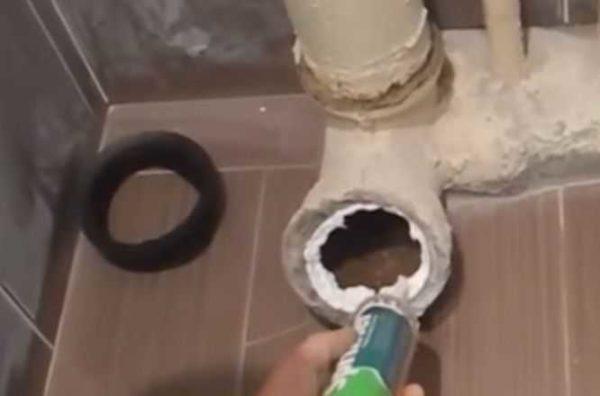
V vsakem primeru vstavimo valovitost v kanalizacijsko cev.
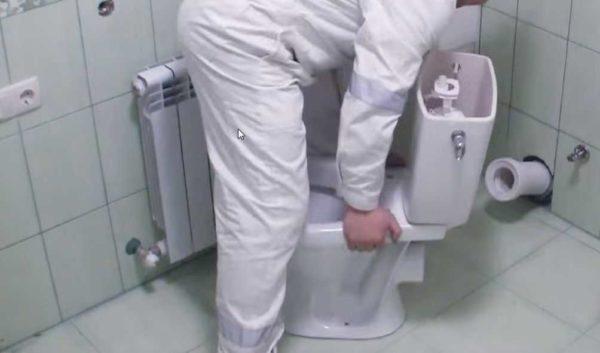
Drugi konec valovnice je nameščen na odtok straniščne školjke. To je priključek straniščne školjke na kanalizacijo. Vse je tako preprosto. Obstaja le en odtenek. Da bi ga bilo mogoče pozneje odstraniti, izhod valovnice in izhod straniščne školjke namažite z milom, navlaženim v vodi, in šele nato namestite na vtičnico. Če tega ne storite, bo odstranitev straniščne školjke problematična, ne da bi pri tem poškodovali valovitost. Navsezadnje boste morali izvrtati luknje za pritrdilne elemente. Veliko bolj priročno bo odstraniti, kot pa poskušati premakniti delno pritrjeno napravo.
Na odtok namestimo valovitost in postavimo straniščno školjko tako, kot bo stala. Po namestitvi pokrova na straniščno školjko preverimo, ali je zanj dovolj prostora. Nato se je treba usesti, preveriti udobje uporabe in po potrebi popraviti položaj. Nato vzemite svinčnik ali marker in ga vstavite v luknje v podnožju ter označite mesta za namestitev pritrdilnih elementov.
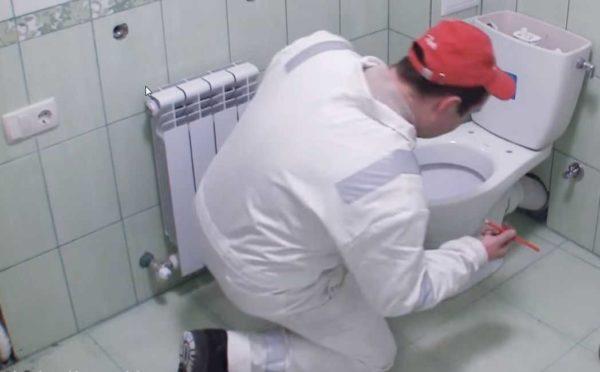
Po odstranitvi straniščne školjke na označenih mestih izvrtajte luknje za zatiče. Če so v kompletu plastični pritrdilni elementi, jih ne uporabljajte - v nekaj dneh se bodo zlomili. Naenkrat je treba namestiti močne zatiče.
Če je straniščna školjka nameščena na ploščici, da ne bi razpokala, je bolje, da je glazirana površina gnetljiva. Vzemite samorezni vijak, ga vstavite v oznako in večkrat udarite s kladivom. To se imenuje "nakernit". Nato vzemite vrtalnik ali perforator in prevrtajte ploščico, pri čemer izklopite udarni način. Ko je ploščica prepuščena, lahko vklopite način perforacije.

V luknje vstavite plastične čepke iz moznikov. Biti morajo v isti ravnini s tlemi. Če je rob debelejši, ga odrežite z ostrim nožem.
Pometite tla in odstranite prah na mestu namestitve straniščne školjke. Postavite jo na mesto, v luknje vstavite zatiče in jih privijte z ustreznim ključem. Vijake je treba privijati izmenično z ene in druge strani. Zategujte, dokler straniščna školjka ni trdno nameščena, brez zračnosti.
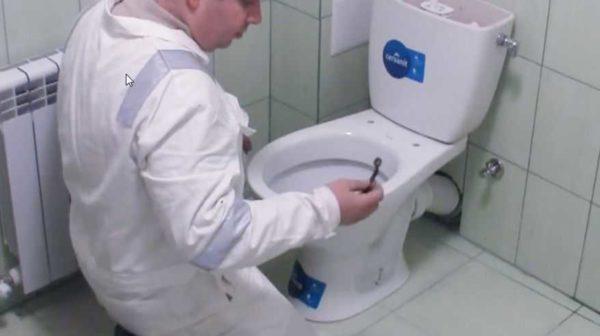
Zadnji korak je priključitev na vodovodno omrežje. Izpust vodovodne cevi z nameščeno pipo povežite z vogalom na prej priključenem rezervoarju. Za to potrebujete gibljivo cev. Na njenih koncih so nameščene pokrovne matice (ameriške), zato ne bo težav s pritrjevanjem. Zategnite dobro, vendar brez fanatizma.
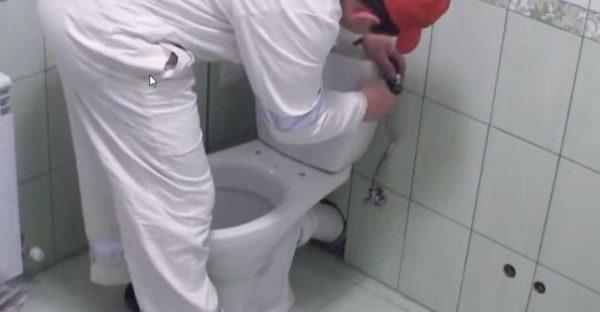
Nato postavite pokrov, namestite gumb za splakovanje in opravite preizkus vode. Če je kje opaziti kapljico, zategnite priključke. To je vse. Namestitev straniščne školjke z lastnimi rokami je končana.
Kako namestiti visečo straniščno školjko z namestitvijo
Če želite namestiti visečo straniščno školjko, mora biti iztok kanalizacijske cevi nameščen ob steni. Konkretno razdaljo od stene določi proizvajalec, vendar mora biti majhna - od skrajnega roba približno 13-15 cm. Če je izhod s tal, obstaja rešitev - posebna prekrivka, s katero se odtok približa steni.
Namestitev viseče straniščne školjke se začne s pritrditvijo na okvir namestitve zapornic v steni. Pritrdita se po dva na vrhu in na dnu. Z njihovo pomočjo se prilagodi razdalja do stene, okvir se dvigne in zažene.
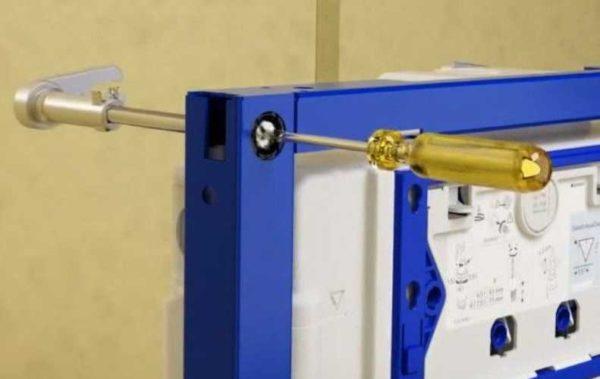
Zgornji omejevalniki so videti kot palice in se nastavljajo z nasadnim ključem in izvijačem. Spodnji omejevalniki so bolj podobni ploščicam in se prav tako nastavljajo z vijačnim ključem, vendar s stransko glavo.
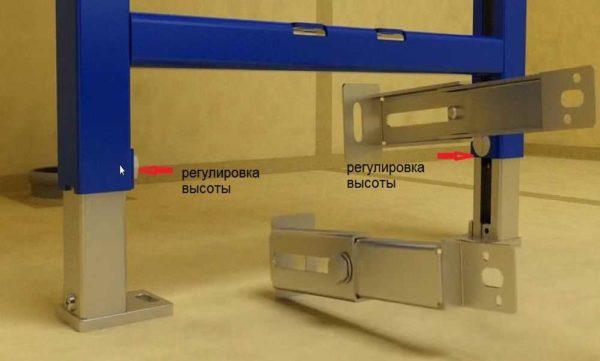
Sestavljeni okvir se postavi ob steno, njegovo središče pa je postavljeno nad sredino kanalizacijskega odtoka. Oznaka na okvirju se dvigne ali spusti na višino, ki jo zahteva proizvajalec (na okvirju je oznaka, ki je navedena tudi v potnem listu, običajno je to 1 meter).
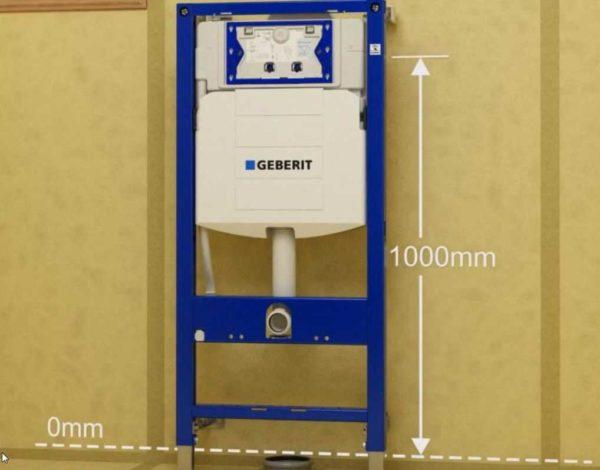
Z vodoravnico preverite vodoravnost in navpičnost namestitve naprave za visečo straniščno školjko.
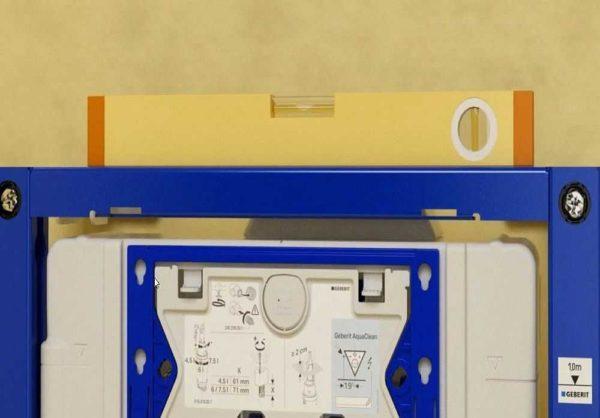
S prilagajanjem višine zapork se nastavi enaka razdalja od stene, kot jo je določil proizvajalec. Kako je to primerno narediti, si oglejte fotografijo.
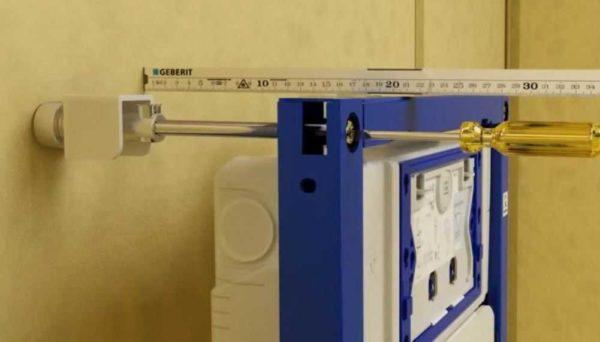
Nastavljen okvir mora biti pritrjen na steno. Na ustreznih mestih označite s svinčnikom ali markerjem in izvrtajte luknje. Vanje namestite plastične čepke. Večina visečih straniščnih školjk je uvoženih in priporočajo, da se telesa z zatiči namestijo na tesnilno maso. V izvrtano luknjo se vtisne nekaj tesnilne mase in vstavi čep. Nato se pred namestitvijo same armature tesnilna masa nanese na plastično ohišje.
V fiksno vgradnjo lahko namestite povezovalne elemente - vtičnice, spojke. Vsi so vključeni v komplet, le pritrdite jih na njihova mesta.

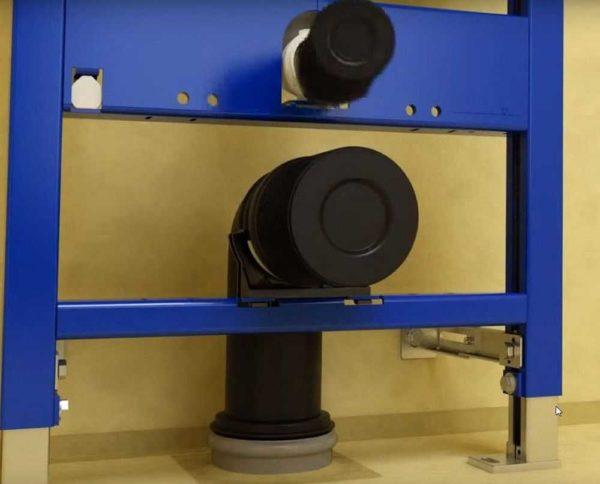
Nato se namestijo kovinske palice, na katere se pritrdi straniščna školjka. Vijačijo se v ustrezne vtičnice, na vrh se namestijo silikonska tesnila (na spodnji fotografiji sta to dve palici nad kanalizacijskim odtokom).
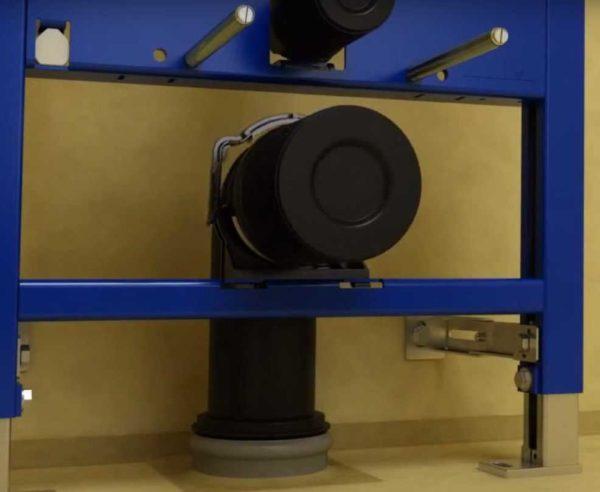
Kanalizacijska cev se podaljša na zahtevano razdaljo in se s pomočjo nosilca pritrdi v nastavljen položaj. Ta od zgoraj pokriva vtok in se vstavi v utor, dokler se ne zaskoči.
Nato se voda priključi na cisterno. Odprite pokrov cisterne (je na zapah) in odstranite čep na stranski površini. Desno ali levo - odvisno od tega, kje je voda priključena. V odprto luknjo vstavite valovito cev, z notranje strani vstavite pripadajoči del, vse skupaj pa povežite s spojno matico. Zategnite jo brez pretirane sile - je plastična.

V notranjosti cisterne je nameščen trikotnik, na katerega je priključena cev (običajno plastična) do želenega iztoka. To se izvede s pomočjo adapterja in ameriške cevi.

Na poseben vhod priključka se priključi cev iz cisterne. Je gibka, v kovinskem ožigu. Zategnjena je s spojno matico.
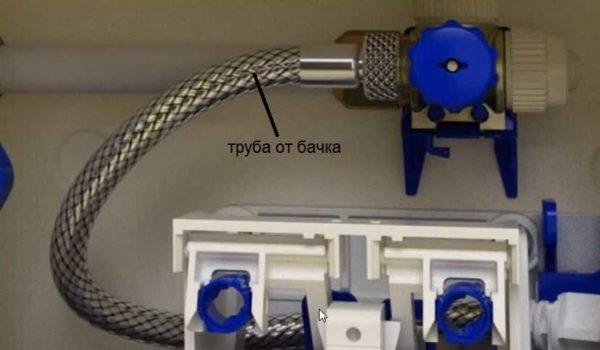
Namestite pokrov. Načeloma je namestitev straniščne školjke nameščena. Zdaj jo je treba zapreti. V ta namen izdelajte lažno steno iz mavčnokartonskih plošč, odpornih na vlago. Priporočljivo je položiti dve plošči, lahko pa položite tudi eno. Mavčnokartonska plošča se pritrdi na instalacijski okvir in na vgrajene profile.

Nato se okrasi stena, nato se obesi straniščna školjka in namesti okrasna plošča odtočne naprave z gumbi.
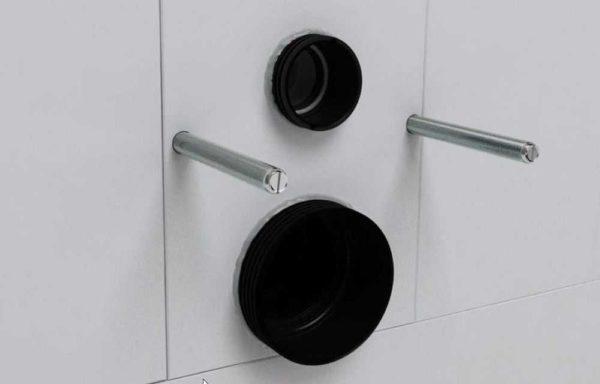
Straniščna školjka je nameščena na zatičih, njena odprtina pa gre v plastično vtičnico. Povezava je neprepustna, dodatni ukrepi niso potrebni. S tem je namestitev straniščne školjke z vgradnjo končana.
